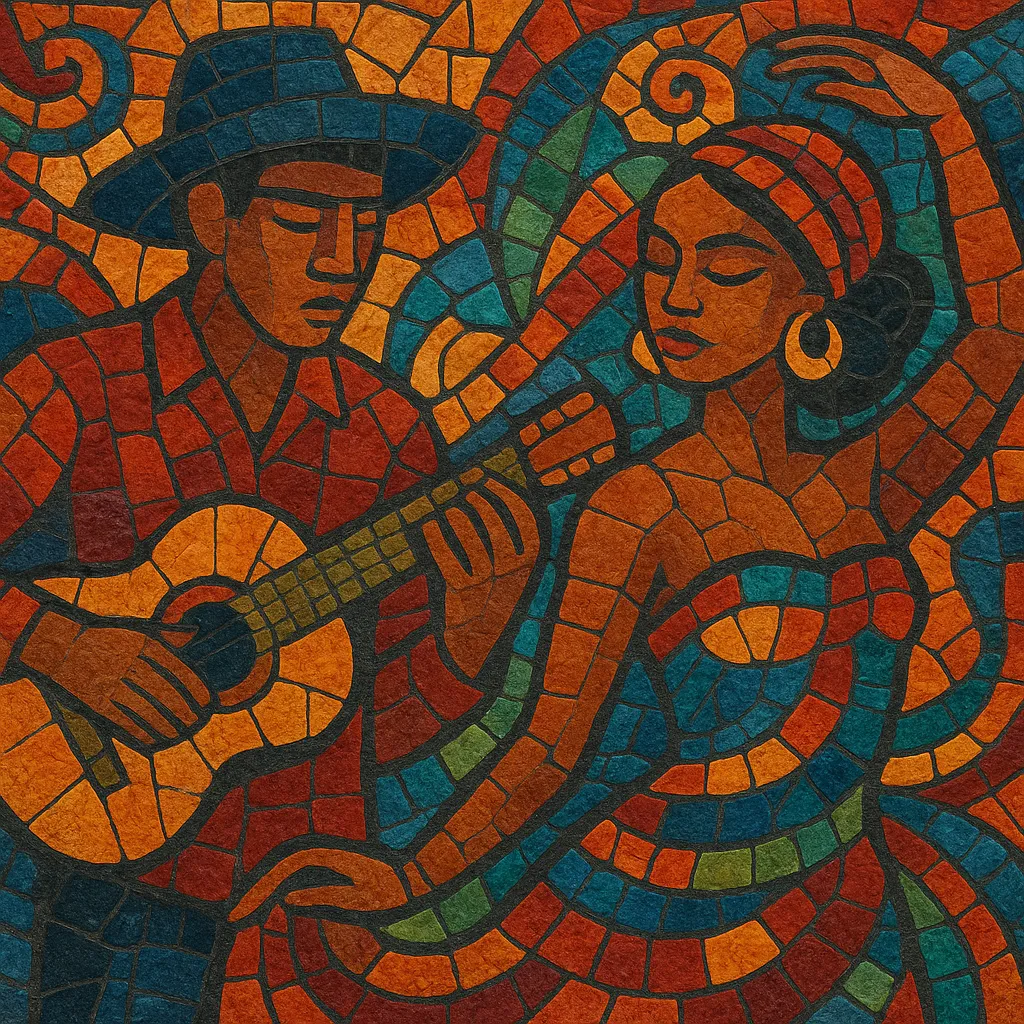
Latin alternative is an umbrella term for genre-bending music made by Latin American and US Latino artists that sits outside mainstream Latin pop. It blends alternative and indie rock attitudes with Latin rhythmic vocabularies (cumbia, salsa, ska, reggae), hip hop, and electronic production.
The style privileges experimentation, hybridity, and scene-driven authenticity rather than commercial formulas. Lyrics are often in Spanish (sometimes bilingual or Spanglish), and themes range from the personal and poetic to social and political commentary. The movement coalesced in the mid-to-late 1990s around U.S. media and festivals (e.g., LAMC), helping connect diverse scenes from Mexico, Argentina, Chile, Colombia, Puerto Rico, and beyond.
Latin alternative grew out of the momentum of Rock en Español and Latin rock scenes in the 1980s and early 1990s across Mexico, Argentina, Chile, and Spain. Bands embraced post-punk and alternative rock while retaining Latin rhythmic DNA. This groundwork established a fan base ready for more experimental and cross-genre efforts.
The term "Latin alternative" became widely used in the United States as labels, press, and radio needed a banner for non-mainstream Latin music that mixed indie/alt-rock, hip hop, ska, reggae, and electronic elements. MTV Latino, college radio, and the emerging Latin Alternative Music Conference (LAMC, launched in 2000 after late-’90s groundwork) helped knit together artists and audiences from different countries into a recognizable movement.
Through the 2000s, artists broadened the palette: integrating cumbia, salsa, bolero, and Andean folk with synths, samples, and rock instrumentation. Independent labels and touring circuits—especially between Mexico City, Buenos Aires, Bogotá, Santiago, and U.S. Latinx hubs—accelerated cross-pollination. The Latin Grammys added alternative categories, lending visibility without diluting the experimental ethos.
Streaming and social platforms amplified borderless collaboration. Electro-cumbia, digital cumbia, and alt-tropical currents emerged alongside indie-pop and neo-psychedelia. Acts like Bomba Estéreo carried festival-circuit clout, while newer artists folded reggaeton dembow, trap, and electronic club styles into an alt framework. Today, Latin alternative remains less a single sound than a shared attitude: hybrid, independent, and exploratory.

